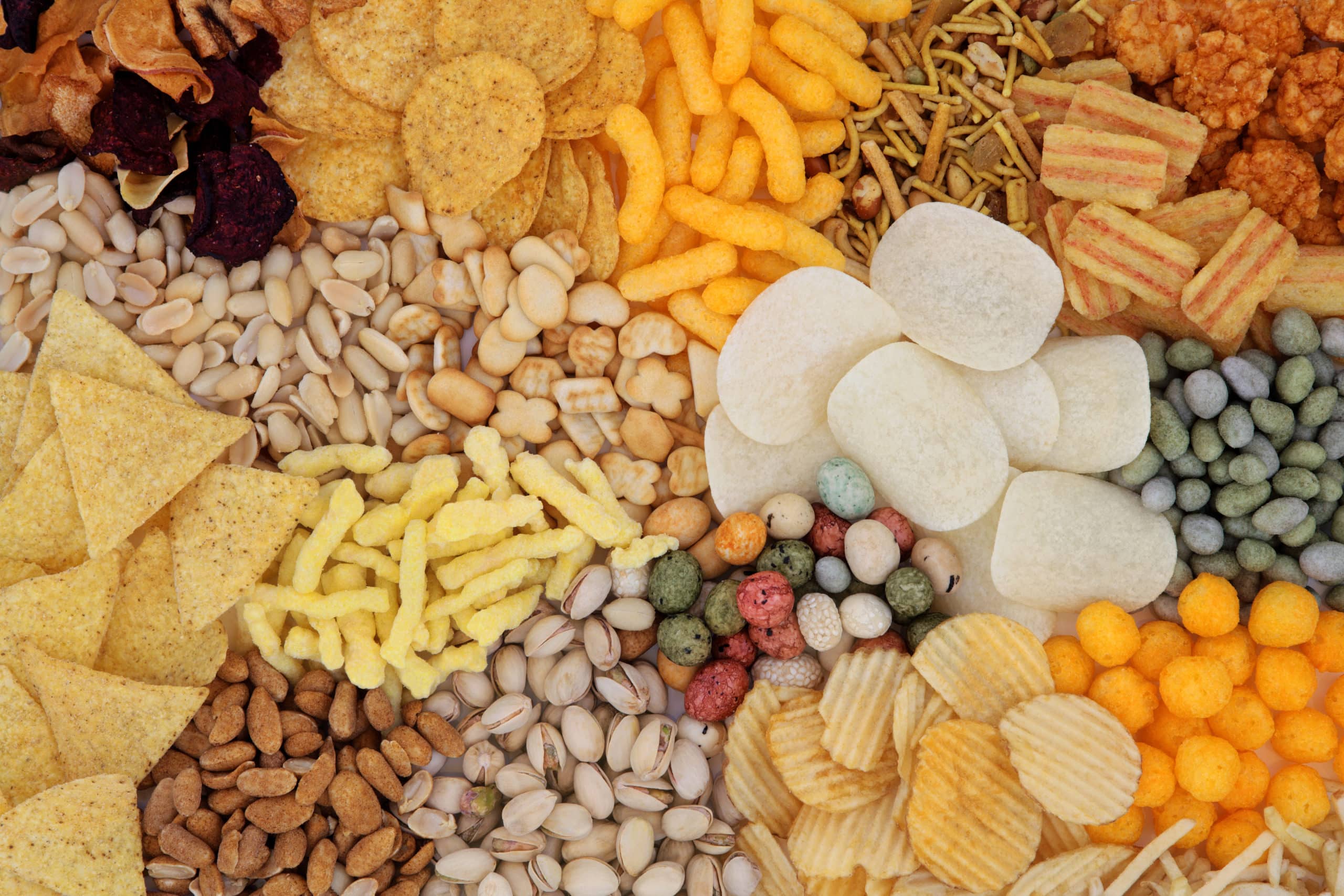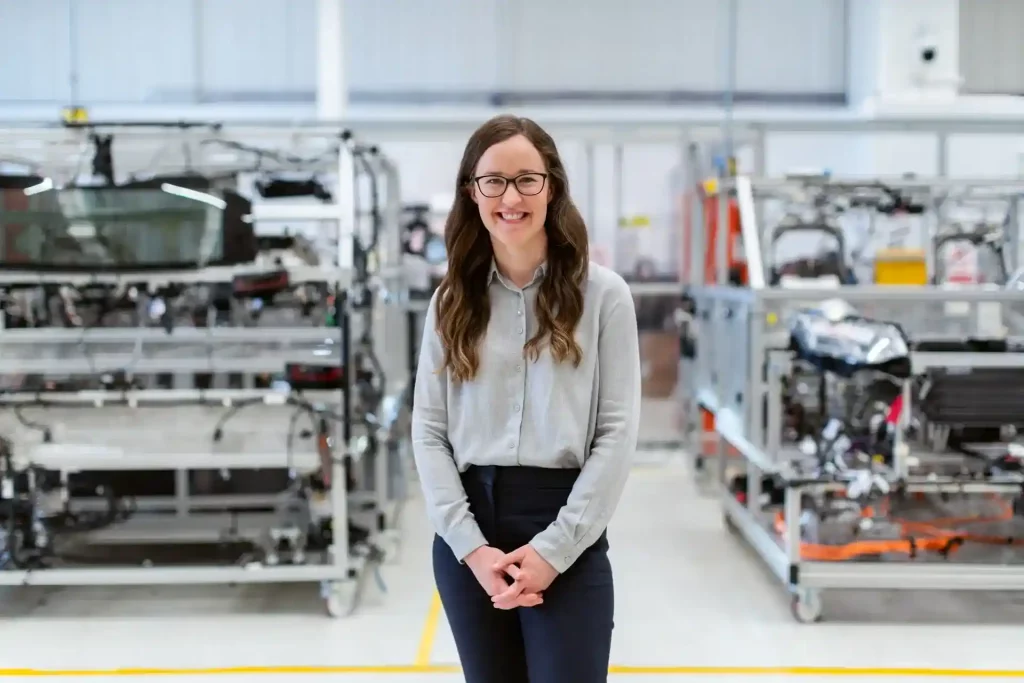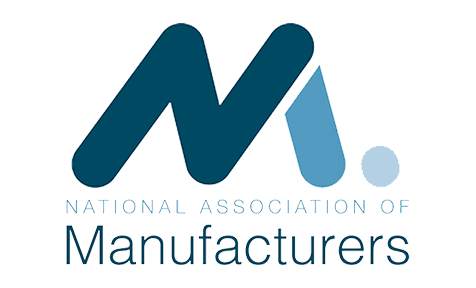In the food industry, maintaining cleanliness is paramount. However, traditional cleaning methods can be time-consuming and labor-intensive. With CIP (clean-in-place systems), food processing plants can now clean and sanitize equipment without disassembly, resulting in faster, more efficient cleaning processes.
What is Clean in Place Technology?
Clean in Place (CIP) Technology is an advanced cleaning system used to clean equipment and machinery without disassembling them. This technology enables cleaning agents, water, and other sanitizing chemicals to be circulated through the clean-in-place equipment and reach every corner of the equipment, including inaccessible areas. CIP technology is designed to eliminate the need for manual cleaning, which is time-consuming and can be hazardous to employees. CIP technology has revolutionized how the food industry approaches hygiene and sanitation, making cleaning more accessible, faster, and efficient.
How Is CIP Technology Revolutionizing the Food Industry?
Before the development of Clean in Place (CIP) technology, cleaning food processing equipment was a time-consuming and labor-intensive task. Workers would have to manually disassemble and clean each piece of equipment, increasing the risk of contamination and potentially compromising food safety.
CIP technology has dramatically improved food safety and production efficiency by allowing equipment to be cleaned without disassembly. Previously, equipment cleaning could take hours and could result in production downtime. With clean-in-place systems, cleaning can be completed in a fraction of the time, with no need to disassemble the equipment and minimal production downtime.
Additionally, using CIP technology has reduced the amount of water, energy, and cleaning solutions required for cleaning equipment, reducing the environmental impact of food production. The result is a more sustainable and efficient food processing industry.
Overall, CIP technology has transformed the food industry by allowing quicker, more effective, and more sustainable equipment cleaning, ultimately resulting in safer and higher-quality food products.
What are the Advantages of Using CIP Technology in Food Processing?
Using a parts washer to clean raw materials offers several advantages:
Clean-in-place (CIP) technology has become integral to modern food processing. CIP equipment provides numerous benefits, such as efficiency, cost savings, and improved food safety.
- Efficiency: CIP equipment offers significant efficiency gains for food processors. Traditional cleaning methods require a large workforce and are subject to human error. With CIP equipment, the cleaning process is automated, reducing the time and labor needed for cleaning. This allows food processors to increase productivity and focus on other critical operations.
- Cost savings: CIP technology provides cost savings to food processors by reducing water and chemical usage. CIP systems can also operate at lower temperatures and pressures, reducing energy consumption. These savings help to improve profitability and sustainability in the food industry.
- Improved food safety: CIP equipment is designed to meet stringent food safety requirements. Traditional cleaning methods may leave behind bacteria or pathogens that can cause foodborne illness. CIP systems use hot water and chemicals to eliminate these contaminants and ensure a safe food processing environment.
In addition to these benefits, CIP technology also reduces the need for harsh chemicals, providing environmental benefits. With CIP equipment, food processors can reduce their carbon footprint and contribute to a cleaner, more sustainable future.
What is the The Impact of CIP Technology on Food Industry Practices?
Adopting clean-in-place systems has brought about significant changes in food industry practices. CIP technology has made the cleaning process faster, safer, and more efficient, thus increasing productivity and improving food safety.
One of the most significant impacts of CIP technology on food industry practices is reducing the use of chemicals. Unlike traditional cleaning methods, where harsh chemicals were used to clean equipment, CIP technology only uses minimal amounts of detergents and sanitizers. This means less chemical residue is left on the equipment, reducing the risk of contamination.
Another impact of CIP technology is the increased automation of cleaning processes. Using CIP systems means that cleaning processes can be programmed, monitored, and controlled remotely, reducing the need for human intervention. This has improved consistency and reduced the risk of human error.
CIP technology has also led to a reduction in water usage. CIP systems use a closed-loop system that recycles the cleaning solution, reducing water usage. This not only reduces costs but also helps to conserve water resources.
Furthermore, CIP technology has improved food safety practices. CIP systems reduce the risk of cross-contamination since cleaning is done without disassembling equipment, minimizing the risk of contamination during reassembly.
Overall, using clean-in-place systems has revolutionized the food industry. It has led to improvements in productivity, consistency, and food safety. CIP Food Safety practices have given food processors greater control over their operations, ensuring their products are of the highest quality.
What are the Challenges and Limitations of CIP Technology?
While CIP technology has many benefits and advantages for the food industry, there are also some challenges and limitations to consider. One challenge is the initial investment required for a clean-in-place system, which can be expensive. Additionally, there may be limitations to the size and capacity of a CIP system, depending on the size and complexity of the food processing facility.
Another challenge is ensuring the CIP system is calibrated correctly and maintained for effective cleaning. This requires specialized training and expertise, which may only be available in some food processing facilities.
Furthermore, CIP technology may only suit some food products or processing methods. Some products may require manual cleaning or specialized cleaning procedures that cannot be achieved through a clean-in-place system.
Finally, while CIP technology can reduce the use of water and chemicals in cleaning, it still requires resources and energy to operate. Food processors must carefully consider the environmental impact of CIP systems and work to minimize waste and energy use wherever possible.
Overall, while there are challenges and limitations to consider, CIP technology has the potential to revolutionize the way the food industry approaches cleaning and sanitation. By improving efficiency, reducing the risk of contamination, and ensuring a high level of hygiene, clean-in-place systems can help food processors meet the demands of a constantly evolving industry.
In Conlcusion
Overall, clean-in-place technology has revolutionized the food industry, improving the efficiency and safety of food processing. The food industry CIP system has provided several benefits to food processors, including time and cost savings, labor and resource usage reduction, and improved sanitation. By using CIP technology, food processors can ensure consistent, high-quality food products while mitigating the risk of contamination and cross-contamination. However, it is important to recognize that using CIP systems in food processing still has limitations and challenges. Therefore, it is essential to continuously assess and improve current practices to ensure that CIP food safety standards are upheld and optimized for the safety of consumers. Ultimately, incorporating clean-in-place technology is critical in advancing food processing and providing safe, quality food products.
Contact us today to learn more about how part washing can transform your processes when cleaning raw materials.





